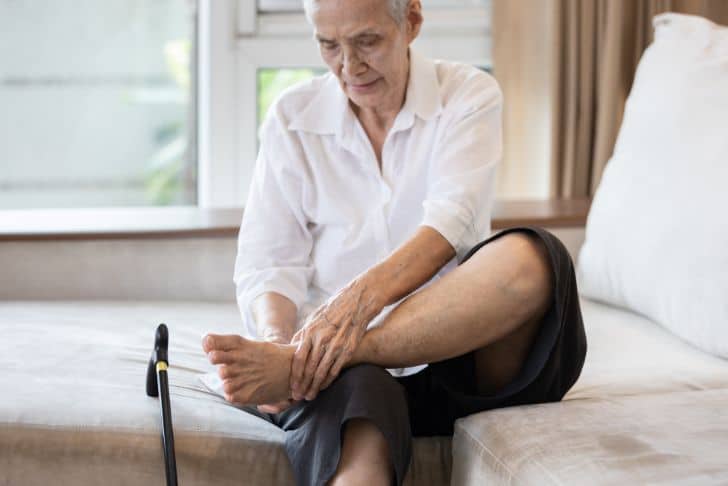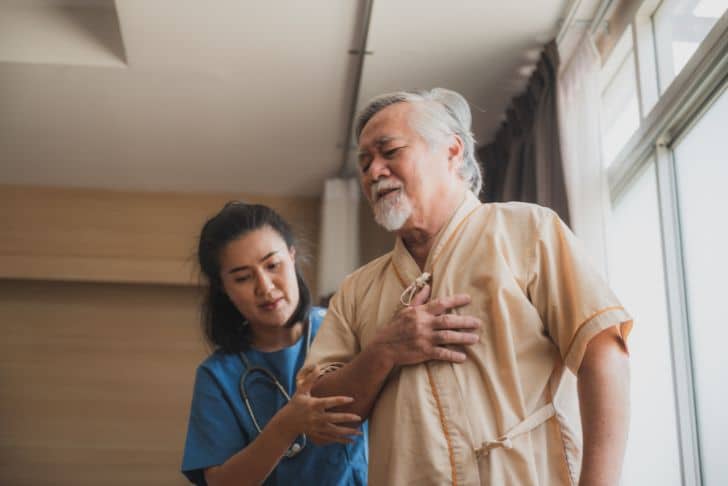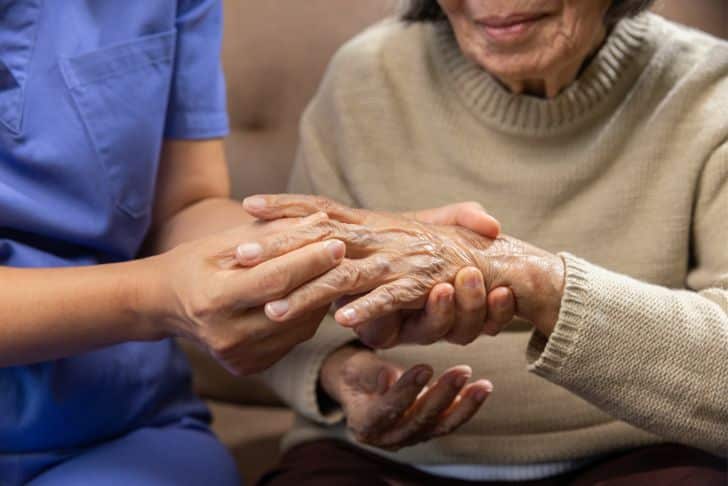In the engaging article, “Understand the Risk: Physical Changes, Health Conditions and Medications Impact on Falls as We Age”, you will gain insight into the factors that contribute to increased fall risks in senior years, such as physical transformations, developing health conditions, and the effects of certain medications. This piece equips you with six proven strategies to prevent these dangerous falls, such as seeking professional help, staying physically active, making smart footwear choices, eliminating home hazards, improving home lighting, and utilizing helpful devices.
With discussions on the importance of regular checkups, practical physical exercises, wise selection of shoes, home safety measures, and potential assistive devices, this article empowers you to proactively mitigate fall risks, thereby preserving independence in old age. Have you ever wondered why it seems more common for older people to experience falls? As we age, our bodies undergo numerous physical changes, and we potentially accumulate various health conditions and associated medications — all increasingly exposing us to the risk of falls. But, here’s the good news – you can understand these risks and, better still, learn strategies to mitigate them.

In this comprehensive guide, we delve into how physical changes, health conditions, and medications impact the likelihood of falling as we grow older. Furthermore, we’ll share six solid strategies to help prevent falls, ranging from regular appointments with your health provider to practical measures you can undertake around your home. Let’s start by understanding why we become more susceptible to falling as we age.
The Aging Factor: Physical Changes, Health Conditions, and Medications
Physical Changes
As we age, we inevitably experience a variety of physical changes. These changes, such as reduced vision, impaired hearing, muscle weakness, and osteoporosis (weakened bones), may seem purely bothersome, but they significantly enhance the risk of falling.
Reduced balance and gait changes could result from muscle weakness and joint problem, slowing down your response time and making mishaps more probable. Also, osteoporosis, being a condition that weakens bones, can lead to fractures upon falling.
Health Conditions
Aging can come with its fair share of health conditions, some affecting your balance and coordination. Conditions such as heart disease, hypotension (low blood pressure), diabetes, Alzheimer’s disease, arthritis, stroke, and Parkinson’s disease can interfere with your body’s stability, walking habits or cognitive abilities, thereby increasing your risk of falling.
Medications
Remember that each pill you take doesn’t just come with benefits — it also has potential side effects. These side effects from prescription or over-the-counter medication might lead to dizziness, dehydration, or drowsiness, which can all augment your likelihood of falling. It’s especially important to consider the impact of medications you take daily that can have a cumulative effect.
Now that we understand the risks, let’s explore what you can do to prevent falls.

Six Strategic Steps to Prevent Falls
1. Schedule Regular Appointments with Your Health Provider
Understanding your personal risks is a fundamental step in preventing falls. Your health provider can help you assess these risks and discuss personalized prevention strategies. They will review your medications, discuss any previous falls, and consider your current health conditions, equipping you with more significant insights into your fall risk.
2. Stay Active
Physical activities such as walking, water workouts, or tai chi can significantly improve your strength, balance, coordination, and flexibility. Before embarking on any exercise regimen, consult with your doctor to ensure it’s safe and suitable for your specific circumstances.
3. Wear Sensible Shoes
While high heels, floppy slippers, and shoes with slick soles might seem stylish, they significantly increase your risk of slipping and falling. Instead, opt for flat, properly fitting, sturdy shoes with nonskid soles. Shoes that comfortably support your feet can go a long way in preventing falls.
4. Remove Home Hazards
Take a careful look around your house for potential fall hazards. Overstuffed boxes, newspapers scattered around, electrical cords along walkways, loose rugs, and poorly lit areas can all prove problematic. Decluttering walkways, securing loose rugs, and improving lighting can create a safer environment.
5. Light Up Your Living Spaces
As we age, our vision may not be as sharp as it once was. Ensure that your living spaces are well lit and include night lights in hallways, bathrooms, and bedrooms. This can significantly reduce trips, slips, and falls.
6. Use Assistive Devices
Sometimes, a little help can make a big difference when it comes to preventing falls. Devices like canes or walkers, handrails, nonslip treads for bare-wood steps, raised toilet seats, and even grab bars for showers or tubs can drastically cut down your fall risk.
Remember, fall prevention is more than just warding off potential accidents—it’s really about maintaining independence and quality of life as we age. With careful attention and proactive steps, you are better equipped to handle the physical changes, health conditions, and effects of medication that come with aging. With a greater focus on fall prevention, we can all look forward to aging gracefully and safely.

